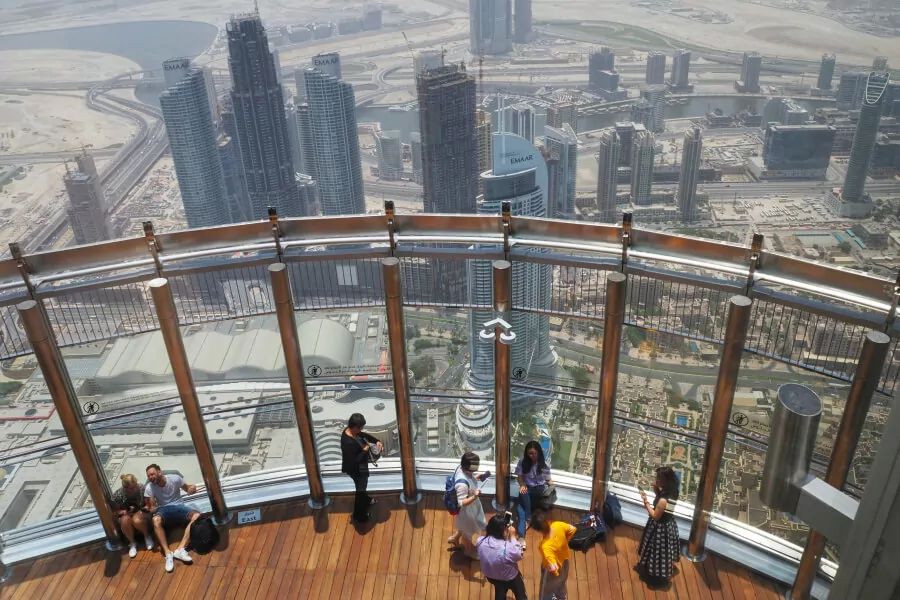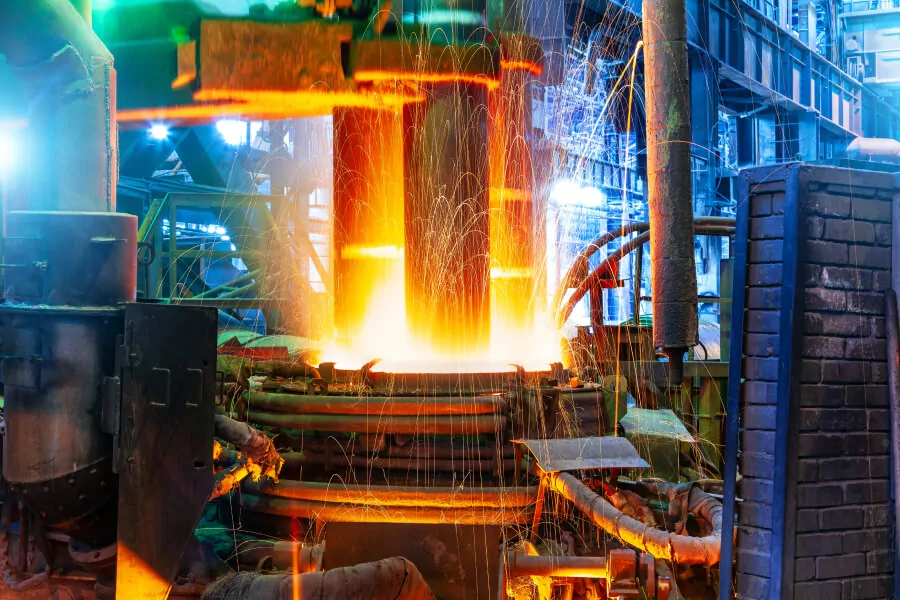
Sustainable Construction with Stainless Steel Screws
- Stainless Steel Screws
The construction industry is a massive consumer of raw materials and natural resources, generating an estimated 39% of the world’s carbon emissions. However, the industry is evolving towards sustainability, with 82% of Architecture, Engineering, and Construction (AEC) companies having dedicated sustainability teams. As we strive for greener building practices, every component, down to the smallest screw, plays a crucial role. This article explores the significant impact of stainless steel screws in sustainable construction, highlighting their durability, recyclability, and contribution to eco-friendly building practices.
Table of Contents
Stainless steel screws are an integral part of construction, offering durability and resistance to corrosion. Let’s delve into their composition, properties, and types.
Composition and Properties of Stainless Steel
Stainless steel is a versatile alloy primarily composed of iron, with a significant percentage of chromium, which imparts its remarkable corrosion resistance. Other elements such as nickel, molybdenum, and nitrogen may also be present, enhancing various properties. Understanding these properties is crucial to appreciating their impact on sustainable construction.
Corrosion Resistance
The inclusion of chromium in stainless steel forms an invisible surface film of chromium oxide. This film blocks oxygen diffusion to the steel surface, effectively preventing corrosion. This property is essential in extending the lifespan of construction components, reducing the need for frequent replacements and maintenance. For example, in coastal projects where salty air accelerates rust, stainless steel screws maintain structural integrity longer than their counterparts, leading to lower material consumption and waste.
Temperature Resistance
Stainless steel exhibits impressive performance across a wide range of temperatures. Certain types of stainless steel retain high strength at elevated temperatures, making them suitable for use in high-heat environments, such as industrial facilities. Conversely, other types maintain excellent toughness at very low temperatures, ideal for cold storage buildings. This versatility reduces the need for different materials in various conditions, streamlining construction processes and reducing resource use.
Strength-to-Weight Advantage
Austenitic grades of stainless steel exhibit a work-hardening property, significantly strengthening the material through cold-working alone. High-strength duplex grades allow for reduced material thickness without compromising structural integrity. This strength-to-weight advantage translates to cost savings and lower material usage. For instance, in high-rise buildings, using thinner yet stronger stainless steel components decreases the overall weight of the structure, reducing the foundation requirements and associated environmental impact.
Aesthetics
Stainless steel’s attractive and durable surface finish makes it a preferred material for visible applications in fixtures and fittings. Its aesthetic appeal ensures that buildings remain visually appealing over time without the need for frequent repainting or refurbishing. This long-lasting finish is particularly beneficial in public buildings and commercial spaces where maintaining an attractive appearance is crucial. By choosing stainless steel, architects and builders can achieve both functional and aesthetic longevity, aligning with sustainable design principles.

Real-Life Example: The Burj Khalifa
Although the Burj Khalifa extensively uses stainless steel in its cladding and structural components, specific details on the use of stainless steel screws are not highlighted. The tower’s construction highlights the material’s durability and resistance to harsh environmental conditions, showcasing stainless steel’s vital role in maintaining the building’s structural integrity and aesthetic appeal over time. This example underscores how stainless steel can contribute to the sustainability of major construction projects through its long lifespan and minimal maintenance needs.
By leveraging the unique properties of stainless steel, construction projects can achieve greater sustainability, longevity, and efficiency. These attributes make stainless steel an indispensable material in the quest for greener, more resilient buildings.
Common Types of Stainless Steel Screws
Cheng Hao designs and manufactures 3 common types of stainless steel screws used in construction projects globally:
Self-Tapping Screws
Self-tapping screws are versatile fasteners commonly used in construction for securing materials like wood, metal, and plastic. These screws have a sharp cutting edge that creates threads as they are driven into the material, eliminating the need for pre-drilling. This makes them ideal for quick and efficient installations, particularly in projects where various materials need to be joined securely without additional preparation.
Type 17 Screws
Type 17 screws feature a unique cutting point that is specifically designed for fastening wood and other soft materials. The cutting point reduces splitting and eliminates the need for pilot holes, making these screws perfect for decking, fencing, and other woodworking projects. Their design facilitates smooth and quick penetration, enhancing construction efficiency and ensuring a strong, secure hold.
Self-Drilling Screws
Self-drilling screws, also known as Tek screws, are engineered with a drill bit tip that allows them to penetrate metal surfaces without pre-drilling. These screws are essential in construction for fastening metal to metal or metal to wood, providing a tight, secure connection. They are widely used in roofing, metal framing, and cladding applications due to their ability to streamline the installation process and ensure robust assemblies.
Sustainability Aspects of Stainless Steel Screws
Stainless steel screws are not only durable and corrosion-resistant, but they also have several sustainability aspects that make them ideal for green building practices.
Energy Footprint and Emissions
Stainless steel production involves significant energy use, but it’s generally more sustainable than other types of steel due to its recyclability and durability,This section will try to answer the question “what is the carbon footprint of stainless steel?”.

Production Methods and Emissions
Electric Arc Furnace (EAF) Production
This method, which primarily uses scrap steel, results in significantly lower CO2 emissions—about 0.357 tonnes of CO2 per tonne of steel produced. This method is more sustainable due to the high use of recycled materials.
Blast Furnace-Basic Oxygen Furnace (BF-BOF) Production
This traditional method, which relies more on virgin iron ore, emits around 1.987 tonnes of CO2 per tonne of steel produced. This higher emission rate is due to the energy-intensive process of extracting and refining raw materials (Sustainable Ships).
Stainless Steel Specific Emissions
- Scope 1 Emissions: Direct emissions from the production of stainless steel using scrap-based methods are around 0.39 tonnes of CO2 per tonne.
- Scope 2 Emissions: Indirect emissions from energy use, such as electricity, are approximately 0.49 tonnes of CO2 per tonne (Stainless Steel World) (World Stainless).
- Scope 3 Emissions: These vary based on the recycled content but are lower with higher scrap use. For instance, using 85% scrap reduces emissions to about 1.25 tonnes of CO2 per tonne of stainless steel produced (Stainless Steel World).
Comparisons with Other Steels
Carbon Steel:
Carbon steel, produced mainly through the BF-BOF route, has higher emissions. The production and regular maintenance over its lifecycle lead to increased CO2 emissions compared to stainless steel, which is more durable and requires less maintenance (Stainless Steel World) (World Stainless).
Recycling Impact:
Stainless steel’s high recyclability significantly reduces its overall environmental footprint. For every tonne of recycled austenitic stainless steel scrap used, approximately 4.3 tonnes of CO2 emissions are saved. This makes stainless steel a more environmentally friendly choice over time compared to other types of steel that may not offer the same level of recyclability and durability (Engineer Live).
Incorporating stainless steel screws into construction projects not only enhances durability and aesthetics but also supports broader sustainability goals. By choosing materials that contribute to long-lasting, low-maintenance, and recyclable structures, the construction industry can significantly reduce its environmental impact. Stainless steel screws exemplify how small components can play a big role in promoting sustainable construction practices.
Incorporating stainless steel screws into construction projects not only enhances durability and aesthetics but also supports broader sustainability goals. By choosing materials that contribute to long-lasting, low-maintenance, and recyclable structures, the construction industry can significantly reduce its environmental impact. Stainless steel screws show how small components can play a big role in promoting sustainable construction practices.
Energy Footprint and Durability
Stainless steel screws have a relatively low energy footprint. The energy used in their production is significantly offset by their long lifespan and recyclability. Their durability reduces the need for replacements, saving resources over time.
Environmental Impact of Production
While the production of stainless steel is energy-intensive, the industry is continually improving processes to reduce its environmental impact. Innovations in energy efficiency and raw material sourcing are key areas of focus.
Recycling and Reuse Potential
One of the most significant sustainability aspects of stainless steel screws is their high recyclability. Stainless steel can be recycled indefinitely without losing its properties, making it a truly sustainable material.
Stainless Steel Screws in Green Building Practices
Stainless steel screws play a crucial role in sustainable construction and green building practices. Their durability, corrosion resistance, and recyclability make them an excellent choice for eco-friendly projects.
Role in Sustainable Construction
In sustainable construction, material choice is crucial. Stainless steel screws are often selected for their durability, corrosion resistance, and recyclability, helping to extend the lifespan of buildings, reduce maintenance needs, and minimize waste.
Conclusion
Incorporating stainless steel screws into construction projects not only enhances durability and aesthetics but also supports sustainability goals. By choosing materials that contribute to long-lasting, low-maintenance, and recyclable structures, we can significantly reduce the environmental impact of construction.
To find out more about our stainless steel screws or other screw and fastener offerings, please contact us with your specific requirements for a rapid quote.